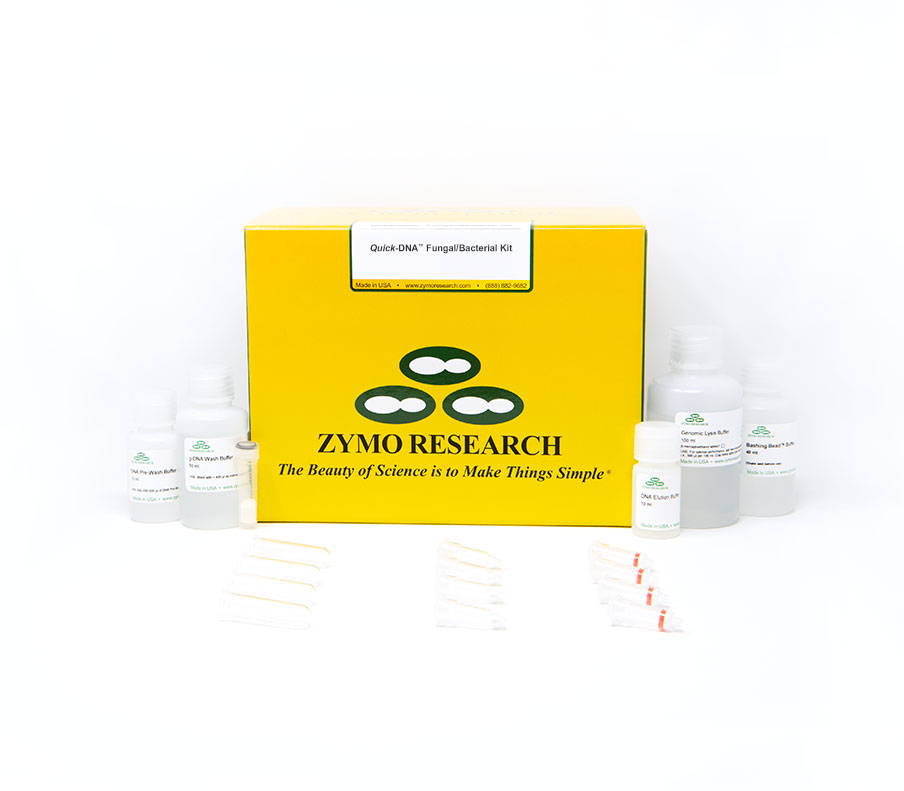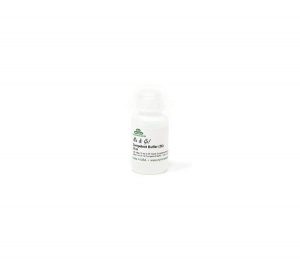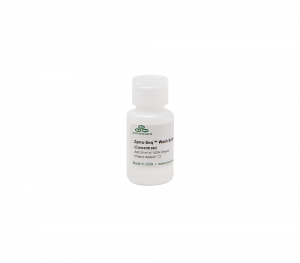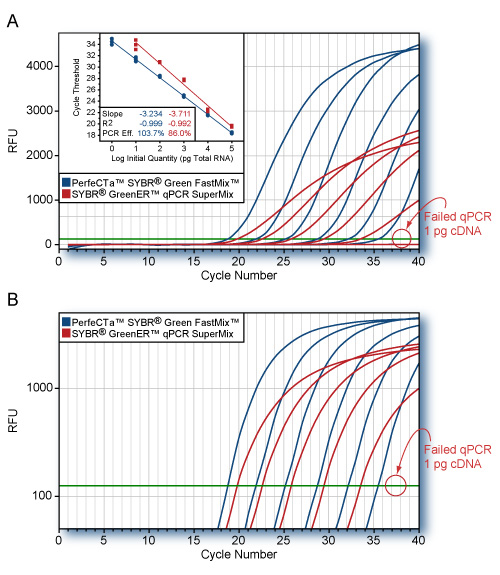Quick-DNA Fungal/Bacterial Miniprep Kit
| Cat# | Name | Size |
|---|---|---|
| D6005 | Quick-DNA Fungal/Bacterial Miniprep Kit | 50 Preps |
Documents
Description
Highlights
- Boost Detection: Included BashingBeads ensure complete lysis of tough-to-lyse samples.
- Ultra-Pure: Ready for qPCR, Next-Gen Sequencing, arrays, etc.
- Simple: Fastest workflow (≤ 20 minutes).
Description
The Quick-DNA Fungal/Bacterial Miniprep Kit is designed for the simple and rapid isolation of DNA from tough-to-lyse fungi, including A. fumigatus, C. albicans, N. crassa, S. cerevisiae, S. pombe, as well as Gram (+/-) bacteria, algae, and protozoa. The procedure is easy and can be completed in minutes: fungal and/or bacterial samples are rapidly and efficiently lysed with our state of the art, ultra-high density BashingBeads. Zymo-Spin column technology is then used to isolate the DNA that is ideal for downstream molecular-based applications including PCR, array, etc.
Applicable For
All sensitive downstream applications such as qPCR and Next-Generation Sequencing.
Elution Volume
≥ 35 µl
Equipment
Microcentrifuge, vortex, cell disruptor/pulverizer
Processing Time
≤ 15 minutes
Processing Volume
≤100 mg fungi or bacteria (wet weight), 109 bacterial cells, 108 yeast cells, or 107 mammalian cells
Purity
Typical A260/A280 & A260/A230 ≥ 1.8
Sample Source
Fungal and bacterial cell cultures, spores, pollen, nematodes, as well as other microorganisms can also be sampled.
Size Range
Capable of recovering genomic DNA sized fragments from up to and above 40 kb. Typical fragment sizes range from 25 kb – 35 kb. If present, parasitic and viral DNA will also be recovered
Type
Total DNA
Yield
≤ 25 µg total DNA
Q1: My lysate seems viscous. What is causing this to happen? How can I fix this?
A viscous sample can indicate incomplete sample lysis. Try using less of your sample and optimize bead beating conditions (duration, speed, time) to ensure samples are thoroughly lysed. After bead beating, pellet the cell debris before moving on. Adding more Genomic Lysis buffer to the lysate can help dilute and deproteinate the sample, making the sample less viscous and more suitable for DNA recovery.
Q2: Are there any tips in optimizing bead beating conditions?
We have validated our kits with both high-speed homgenizers and low-speed disruptors. We highly recommend users to optimize their bead beating conditions for their own instruments. We recommend using a 2 ml-tube adapter to ensure that the bead beating is efficent (do not use adapters made of foam). For high-speed homogenizers, we recommend a total of 5 mins bead beating (1 min interval at 6.5 m/s with 5 mins rest, repeat 5 times). For low-speed cell disruptors, we recommend 30 mins at max speed.
Q3: Is it necessary to add beta-mercaptoethanol? Can this step be substituted or omitted?
Addition of beta-mercaptoethanol is recommended to enhance sample lysis, but can be substituted with dithiothreitol (DTT, final concentration of 10 mM). However, if bead beating is optimized and lysis is efficient, the addition of BME is not necessary and can be omitted.
Q4: When can an RNase A treatment be implemented in the protocol?
No additional RNase A treatment is required when processing samples within kit capacity. The selective chemistry allows for binding of double stranded DNA to the column and for RNA to flow through.
 |
97 / 100 Bioz Stars |
Mitochondria-encoded genes contribute to evolution of heat and cold tole..
Sci Adv – Published 30 Jan 2019
DNA was extracted using an mtDNA-enriching protocol (see below). . For other strains sequenced in this study, genomic DNA was extracted from 22°C YPD overnight cultures inoculated with cells pregrown on YPGly plates (ZR Fungal/Bacterial DNA MicroPrep kit, Zymo Research). mtDNA was enriched following a protocol adapted from ( ) and ( ).. YPEG (1% yeast extract, 2% peptone, 2% ethanol, and 2% glycerol) medium (50 ml) was inoculated with overnight YPD starter cultures, shaken at 300
Urogenital schistosomiasis is associated with signatures of microbiome d…
Sci Rep – Published 29 Jan 2019
Microbial DNA was extracted from stool samples of 25 adolescents infected with urinary schistosomiasis and 25 uninfected controls.. 1 g of stool was removed from the center of defrosted fecal samples and was processed following the manufacturer’s protocol using the ZR Fungal/Bacterial DNA Kit™ ZR D6005 (Zymo Research), which utilizes robust mechanical lysis.. All samples were extracted at once using the same kit
Integrated Genomic and Metabolomic Approach to the Discovery of Potentia…
Mar Drugs – Published 21 Jan 2019
Bacteria isolates genomic DNA was extracted from each cell pellet using the Zymo Research Quick-DNA™ fungal/bacterial microprep kit protocol.. The PCR amplification of the 16S rRNA gene was performed in 50 µL volumes using the universal primers 27F (5′-GAGTTTGATCCTGGCTCAG-3′) and 1525R (5′-AGAAAGGAGGTGATCCAGCC-3′).
| Cat # | Name | Size |
|---|---|---|
| D3004-1-100 | Genomic Lysis Buffer | 100 ml |
| D3004-2-50 | g-DNA Wash Buffer | 50 ml |
| D3004-4-10 | DNA Elution Buffer | 10 ml |
| D3004-5-15 | DNA Pre-Wash Buffer | 15 ml |
| D6001-3-40 | BashingBead Buffer | 40 ml |
| C1001-50 | Collection Tubes | 50 Pack |
| C1057-50 | Zymo-Spin III-F Filters | 50 Pack |
| S6012-50 | ZR BashingBead Lysis Tubes (0.1 & 0.5 mm) | 50 Tubes |
| C1078-50 | Zymo-Spin IICR Columns | 50 Pack |
- Catalog#: R1100-8-S/ R1103S / R1102 / R1103 / R1104 /R1105
- Package Length (in Inches): 6
- Package Width (in Inches): 6.5
- Package Height (in Inches): 6
- Package Weight (in Pounds): 2.3
- Size: 50 Preps
- Unit Standard: Metric
- Volume Units: Milliliters








